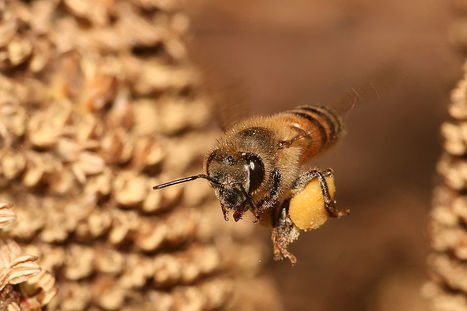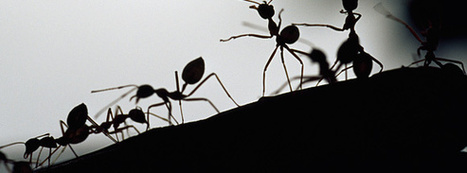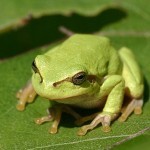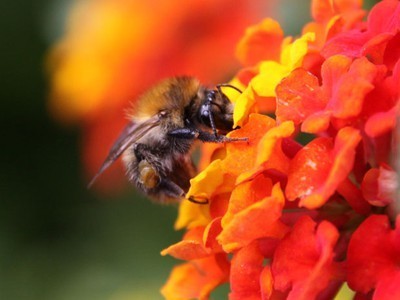"For a delivery truck making rounds, minor tweaks in a route can save huge amounts of time and gas. That's why UPS spent a decade and hundreds of millions of dollars building an algorithm to help calculate where trucks should turn. A startup called Routific designed an algorithm to help everyone else—like local flower delivery companies—also save fuel. To help find the best routes, they took inspiration from bees. Their algorithm is based on the "bees algorithm," which describes how bees find the best route to flowers. Scout bees fly long distances in random directions, and if they find food, they fly back and buzz around in the so-called "waggle dance" to notify everyone else. When others go to the same location, they'll come back and waggle even harder if they find a better spot."
Photo details: Apis mellifera by Muhammad Mahdi Karim (www.micro2macro.net) Facebook Youtube), GFDL 1.2, via Wikimedia Commons



 Your new post is loading...
Your new post is loading...

















